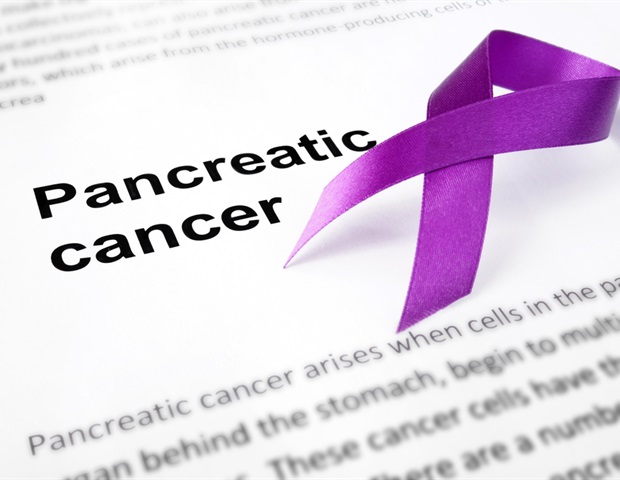
A newly developed prediction model may be able to calculate the risk of opioid relapse among individuals in the early stages of medication treatment-;as early as three weeks into therapy.
“Medication treatment for opioid use disorder, contrary to popular belief, is very effective and likely to succeed if patients achieve early treatment success,” says Sean X. Luo, MD, PhD, assistant professor of psychiatry at Columbia University Vagelos College of Physicians and Surgeons, who developed the model with Daniel Feaster, PhD, of the University of Miami.
The model, based on data from 2,199 adults enrolled in clinical trials of opioid use medications, estimates in the first few weeks of treatment the likelihood that a patient will return to using opioids before the end of a 12-week treatment program.
More specifically, for patients prescribed buprenorphine, increasing dose of an oral formulation or switching to an extended-release injection formulation could be considered quickly. Physicians should also evaluate patients with high risk of relapse for other factors that may need attention, such as co-occurring psychiatric disorders.
To disseminate the tools developed from this project, the team built a web portal (www.oudriskscore.org) that allows clinicians to estimate the risk of relapse of their patients.
What’s next
Although physicians may modify treatment for patients with a high risk of relapse, no studies have been conducted to determine the optimal strategies. “We need new clinical trials that test different treatment modifications among high-risk individuals,” Luo says.
More long-term follow-up data also are needed to estimate timing and probability of relapse beyond the 12-week treatment phase.
The need
The medications methadone, buprenorphine, and extended-release injection naltrexone are effective for many patients, but many patients return to opioid use during the 12-week treatment program.
When treating chronic conditions, physicians often use risk scores to predict the likelihood of future health events and use those scores to guide treatment. But no such risk score is available for opioid use disorder treatment.
“Once a patient relapses and drops out of medication treatment, they are in danger, including risk of overdose, and can be hard to locate and re-engage,” says Columbia psychiatrist Edward Nunes, MD, who co-led the new study. “If physicians know in the first few weeks of treatment who is in danger, they can respond early and hopefully head off trouble.”
Using machine learning to build a predictor
To build a predictor that estimates a patient’s risk of returning to drug use, the researchers applied machine learning techniques to data from previous clinical trials that tested three medications for opioid use disorder. A method called LASSO automatically constructed predictive models using the most informative patient characteristics. The models were then tested on an independent validation subset of the harmonized dataset to assess for model performance.
Using patient data available at the start of treatment, the best model had a performance of around 70%. Model performance improved substantially when results of urine drug tests in the first three weeks of treatment were incorporated.
When the urine drug tests results are included, the model predicts that patients with no positive or missed drug tests in the first three weeks have a 13% risk of returning to use, whereas those with three positive or missed tests have an 85% risk of return to use.
Why it matters
Our model now gives clinicians a way to quantify a patient’s risk of relapse early on in treatment and treatment modifications can be considered. Medication doses can be increased and more frequent monitoring and psychotherapy options introduced for higher risk patients.”
Sean X. Luo, MD, PhD, assistant professor of psychiatry at Columbia University Vagelos College of Physicians and Surgeons
Source:
Columbia University Irving Medical Center
Journal reference:
Luo, S. X., et al. (2023). Individual-Level Risk Prediction of Return to Use During Opioid Use Disorder Treatment. JAMA Psychiatry. doi.org/10.1001/jamapsychiatry.2023.3596.




_labeled_with_fluorescence_dyes-Vshivkova_9fc952884c46485589d5e3d9bff007e5-620x480.jpg)

